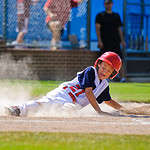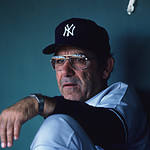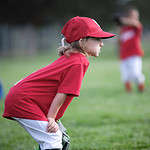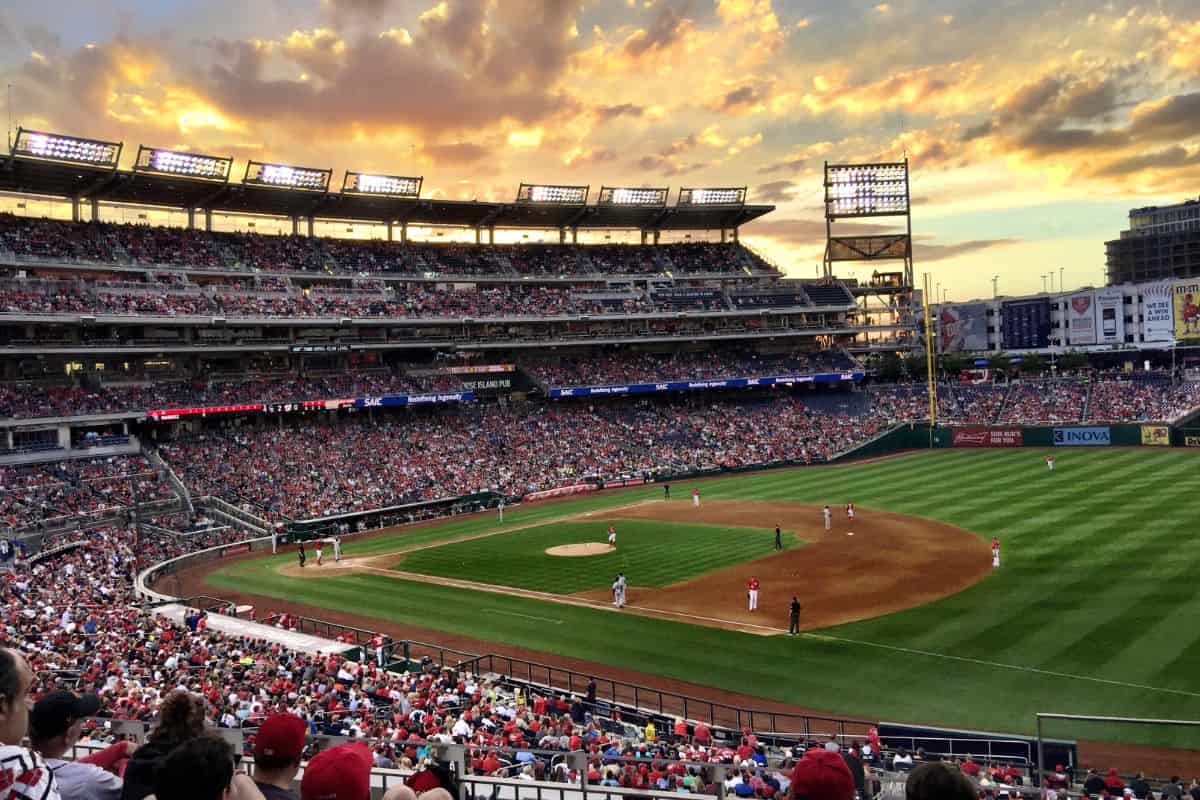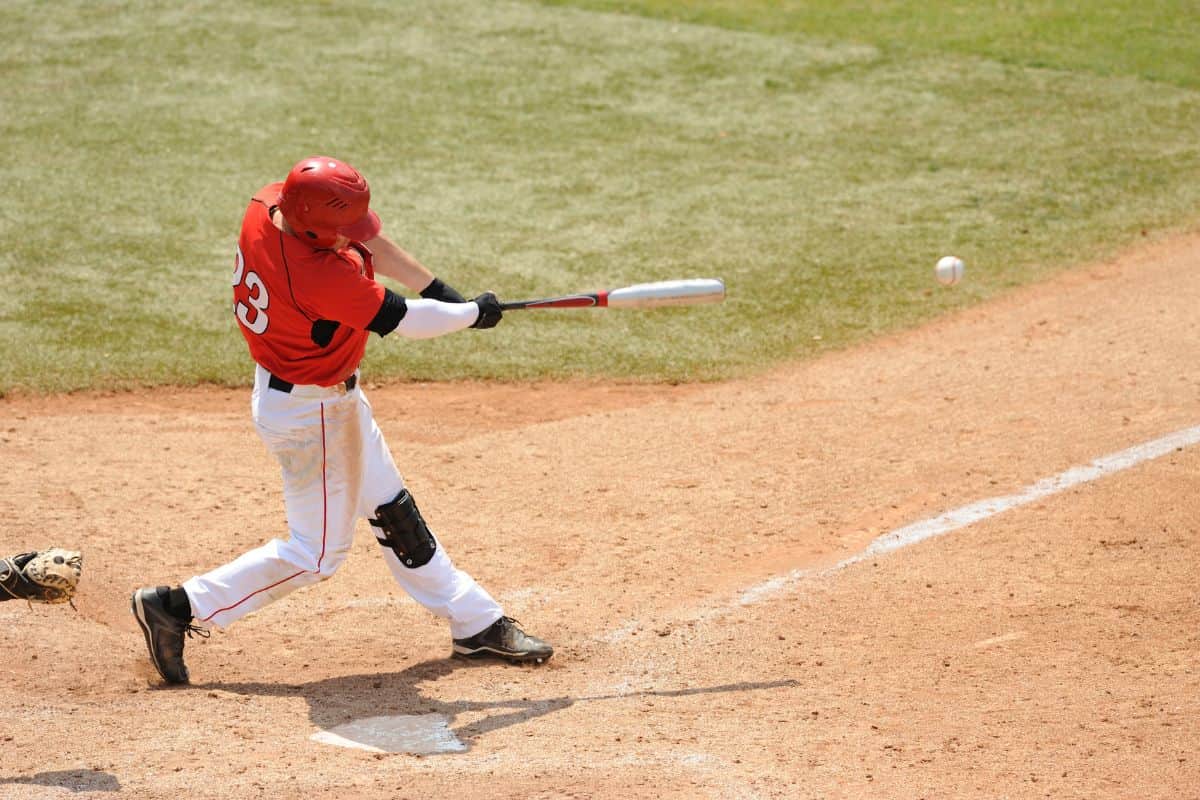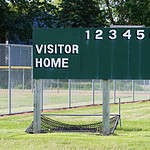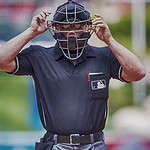Definition
In baseball, MVR means Mound Visits Remaining. A mound visit occurs when a member of the defensive team, usually the catcher or the pitching coach, goes to the pitcher on the mound to discuss strategy or mechanics. The purpose of a mound visit is to try and improve the pitcher’s performance or to discuss a particular situation in the game.
In Major League Baseball, each team is allowed six mound visits per nine innings. If a game goes into extra innings, each team is allowed one additional mound visit per inning. If a team uses up all their mound visits, any additional visits will result in an automatic pitching change.

Exceptions
There are a few exceptions to the mound visit rule. For example, a catcher can visit the mound without it counting as a mound visit if the pitcher is replaced, the inning ends, or there is a pitching change. Additionally, if a pitcher is injured during the game, the catcher and the manager are allowed an unlimited number of visits to the mound to check on the pitcher’s condition.
Impact on Strategy
Mound visits can have a significant impact on the strategy of the game. They can be used to calm down a pitcher who is struggling, to change the pitching strategy, or to discuss how to approach a particular batter. Pitchers may also use mound visits to communicate with their catcher about pitch selection or to discuss defensive positioning.
Overall, mound visits are an important part of the game of baseball. They allow the defensive team to make adjustments and communicate more effectively, which can ultimately impact the outcome of the game.
Pitching Changes in Baseball
Definition
Pitching changes are a common occurrence in baseball. They refer to the act of replacing the current pitcher with a new one during a game. The pitcher being replaced is usually not performing well or has thrown too many pitches. The new pitcher is brought in to try and improve the team’s chances of winning the game.
Impact on Game
Pitching changes can have a significant impact on the game. The new pitcher may be more effective against certain batters, or they may have a different pitching style that throws off the opposing team’s hitters. Additionally, the act of making a pitching change can give a team a chance to regroup and refocus.
However, a pitching change can also disrupt a team’s rhythm and momentum. If the new pitcher struggles, it can lead to further problems for the team. Additionally, the time it takes to make a pitching change can slow down the pace of the game.
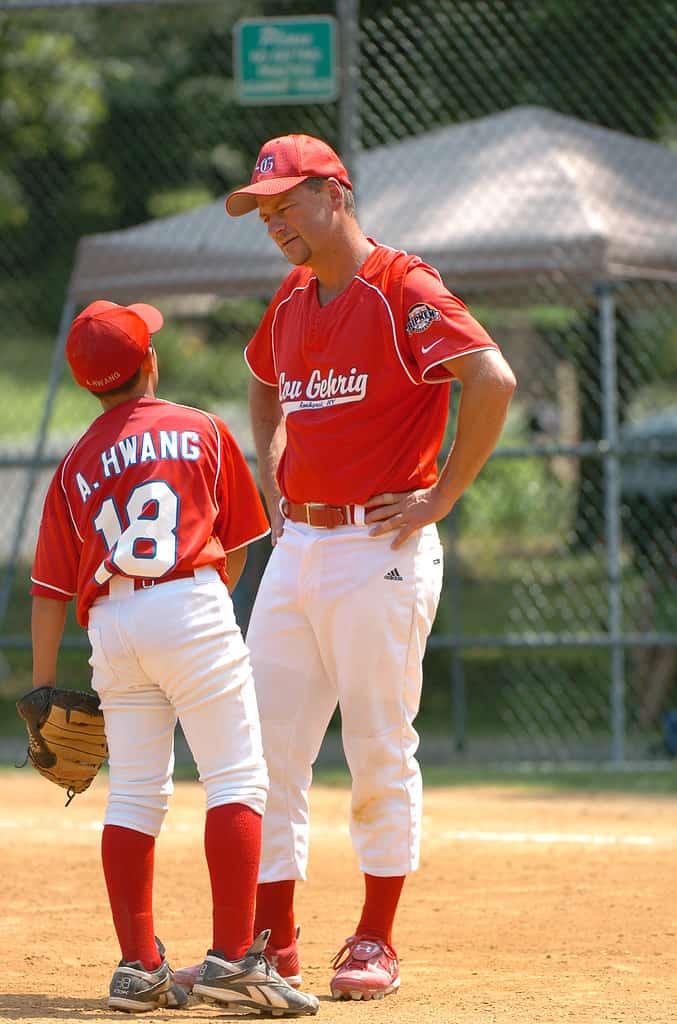
Frequency
The frequency of pitching changes varies depending on the situation. In general, managers will make a pitching change if the current pitcher is struggling or has thrown a high number of pitches. However, some managers may be more aggressive with their pitching changes, while others may be more conservative.
Pitching changes are most common in the later innings of the game, when the outcome is still in doubt. In the early innings, managers may be more willing to let their starting pitcher work through any issues they may be having.
Overall, pitching changes are an important part of baseball strategy. They can have a significant impact on the outcome of the game and are used by managers to try and give their team the best chance of winning.
Pitcher’s Mound in Baseball
Definition
The pitcher’s mound is a raised area in the center of the baseball field where the pitcher stands to throw the ball to the batter. It is a critical element of baseball and plays a crucial role in determining the outcome of the game.
Dimensions
According to MLB rules, the pitcher’s mound should be 18 feet in diameter, with the center of the mound located 60 feet and 6 inches away from home plate. The height of the mound should be 10 inches above the level of home plate. The slope of the mound should be gradual, with a gentle decline from the center to the edges.
Mud and Scraper
The pitcher’s mound is usually made of clay or a mixture of clay and sand. Before the game, the mound is moistened with water to make it easier for the pitcher to grip the ball. To maintain the mound’s consistency, the pitcher’s mound is regularly groomed by using a special tool called a scraper. The scraper is used to smooth out any rough spots and to keep the mound at the correct height.
In addition to the scraper, a special mud is used to rub baseballs before games. The mud is obtained from a special location in New Jersey and is used to take the shine off the ball and make it easier for pitchers to grip.
Infielders also play a role in maintaining the pitcher’s mound by avoiding stepping on it during the game. This helps to keep the mound from getting too compacted and helps to maintain its consistency throughout the game.
Overall, the pitcher’s mound is an essential element of baseball, and its dimensions, consistency, and maintenance play a crucial role in the game’s outcome.
- Fenway Park Seating Chart: Best Seats To See the Red Sox - July 17, 2023
- What is RBI in Baseball: A Simple Explanation of The “Ribby” - July 3, 2023
- What is DFA in Baseball? A Term No Player Wants to Hear - July 3, 2023

